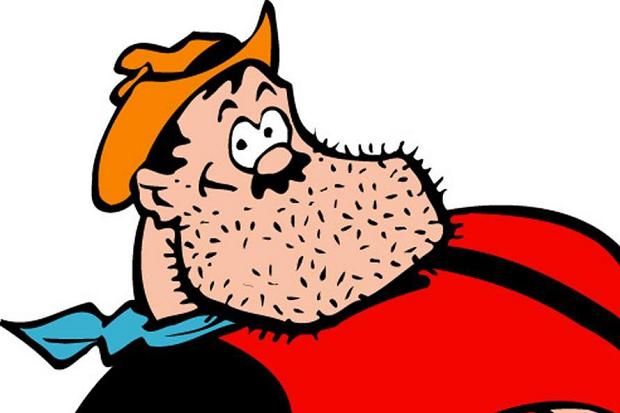Jacob":zxdvd6r3 said:
David C":zxdvd6r3 said:
Stropping on the hand was a technique taught to me 45 years ago.
It was all part of the oilstone ritual. I refer to coarse and fine India stones.
The stropping just bent the wire edge back and forwards until it hopefully fell off.
If it did not, running the edge through some end grain might work.
The resulting jagged edge was then refined on a dressed strop.
I am glad to have moved on a bit and now use 800g & 10,000g Japanese Waterstones. No Strop required!
Best wishes,
David Charlesworth P S There is some sharpening on my You Tube channel
Funny how so many people don't get it.
The main point of stropping by hand (or on leather etc) is to impart a bit of polish. But yes it will remove a fine wire edge if there is one - these things merge into one another.
Stropping a cut throat razor is different again - it will polish but will also straighten the edge. A cut-throat has a very fine edge and on Desperate Dans this will get deformed, stropping being a remedy.
Jacob, I don't think it's that simple (imparting polish), but rather depends on the finish stone. If you're finishing with a trans ark or a fine charnley, then you're still removing the last bit of foil at the edge. Polishing is minimal and requires something like a genuine linen. I can show you a tool edge off of stones that level of fineness at 150x, and you'll see nearly no polishing from bare leather, but you'll see what initially appears to be a slightly less regular edge than prior to stropping because the weak bits on the edge have been removed.
This is the reason that we follow a stone with a linen when we set a razor, and the reason that the linen is used at regular intervals before returning to a stone (which shouldn't be required more than once every 200 shaves).
At lower grits, like fine india or something of that sort - palm stropping is entirely for manipulation of the wire edge and has no polishing effect. Perhaps if one oiled their palm and sprinkled chromium oxide on it, something might happen, but the unintended green spots on projects would be pretty annoying.
The only thing off here is that David, unfortunately (or not, depending on who you're talking to) went from a coarse vitrified oilstone to waterstones, and ultimately a more complete progression of oilstones would be faster than the waterstones (if not during actual sharpening, simply due to the fact that you don't have to faff around with flattening them or cleaning them. Additional lubricant as a matter of sharpening practice keeps the stone clean).
Plus, there's no nonsense of wiping irons and chisels with oily rags - there will be enough left on them after sharpening to keep them from rusting.
Once I got a microscope, I was quite surprised to see just how little bare leather, bare jasper, etc do. And even in linens, there's wide disparity. Some are treated to make them finer cutting and probably more resistant to contaminating bits, and some are relatively abrasive and can complete the work of a subpar stone on a razor.


































